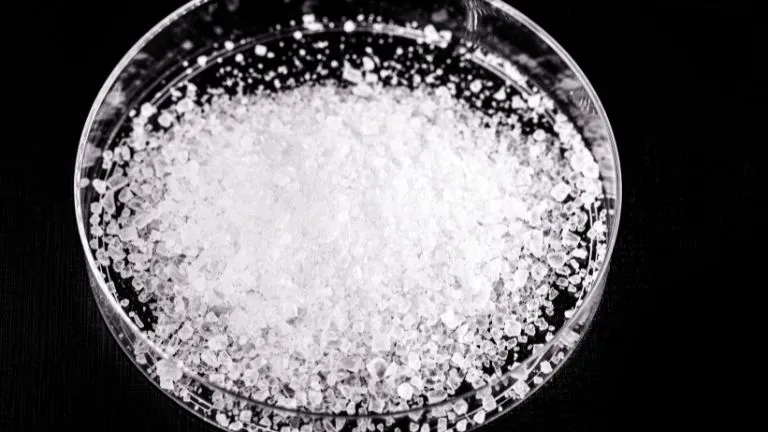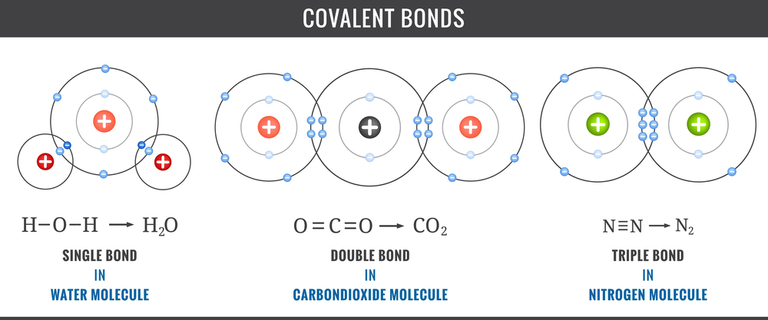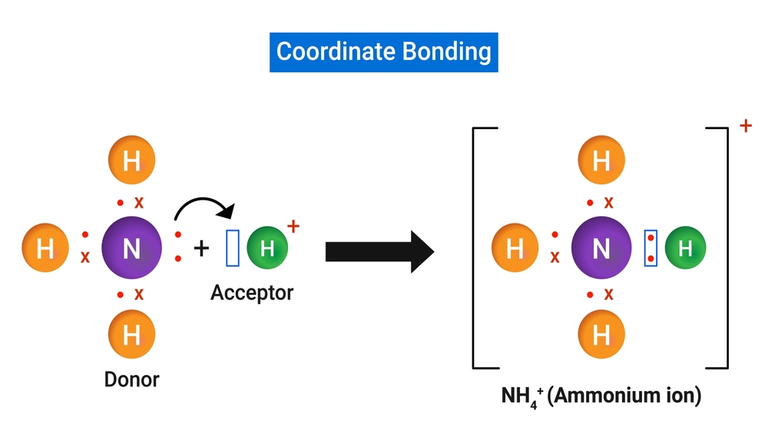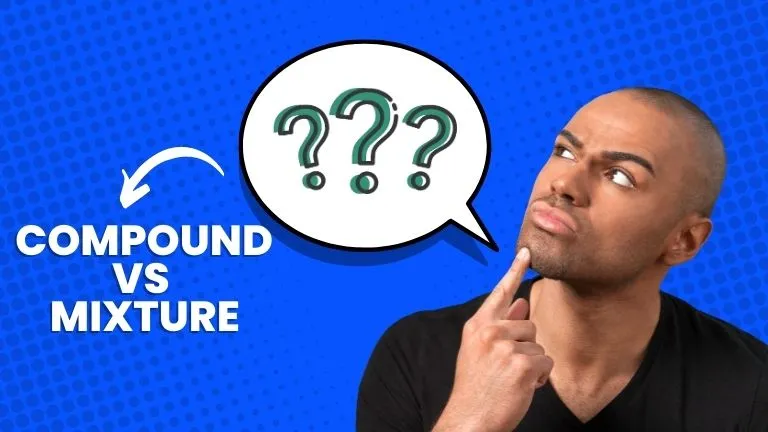The things we see around us are made of matter, which exists in three states: element, compound, and mixture. These three types of matter, elements, compounds, and mixtures, are the focus of the scientific world. Many students find it challenging to distinguish between mixtures and compounds.
In this blog we are going to learn the basic differences between mixtures and compounds.
The difference between mixtures and compounds is that mixtures consist of numerous molecules. Compounds are made up of just one sort of molecule.
For better understanding, let’s learn the definitions of mixture and compound:
Table of Contents
What is a Compound?

A compound is something where the constituents combine chemically to create a product substance. The new product differs significantly from its reactants regarding qualities and characteristics. Additionally, the ingredients are mixed in a specific ratio.
Example: Water is created when hydrogen and oxygen are combined in a specific ratio. Water is a product with characteristics that are different from its reactants.
Types of Compounds
There are mainly three types of compounds given below:
1. Molecular Compounds

Covalent bonding is what holds molecules together, which are known as molecular compounds.
Chemical bonds that transfer electron pairs among atoms are known to be covalent bonds.
2. Ionic Compounds

An ionic compound is a substance that is bound together by ionic bonds.
3. Coordinate Compounds

Covalent coordinate bonds hold together certain compounds. The coordination center is a coordination complex that is typically metallic.
Read more: What is the Difference Between Vaporization and Evaporation?
What is a Mixture?

A mixture is made up of two or more different substances or molecules. A mixture is created by simply combining several materials with no set ratios. Nothing new is produced. Just a mixture.
Example: Various fruits are simply chopped and combined in a fruit salad. It tastes like each specific fruit that was used in the salad.
Types of Mixture

Homogeneous and heterogeneous mixtures are the two types of mixtures.
1. Homogenous Mixture
When salt and water are dissolved, the resulting solution has the same appearance and taste overall. This is an example of a homogenous mixture.
2. Heterogeneous Mixture
When you mix some water and oil and stir it thoroughly, some of the liquid may still contain oil. This is an example of a heterogeneous mixture.
Energy Absorption Difference Between Mixtures and Compounds
Energy is either absorbed or released when a compound is created, such as when fuel is burned and a new compound called carbon dioxide is created, but in mixture when we mix fruits to make a fruit salad, there is no heat produced and no temperature change because no energy is being absorbed or released.
What is the Difference Between a Compound and a Mixture?
There are many differences between mixtures and compounds given below:
- The primary difference between mixtures and compounds is that a mixture is created when two or more molecules or substances are combined. Compounds, however, are made up of two or more different items or elements.
- Another difference between mixtures and compounds is that mixtures can be created by randomly combining two or more items. However, a compound is created by mixing two or more elements in the right proportion. It cannot be formed in an unusual way.
- There may or may not be appropriate and powerful attractive forces in the mixture. However, a compound is created by attractive forces that can include ionic, covalent, and hydrogen bonds.
- Physical techniques including distillation, chromatography, and filtration can be used to separate a mixture. Whereas, a compound has different physical and chemical qualities from its component parts and can only be broken down chemically, such as through electrolysis.
- The proportions of different elements in a compound are constant. This ratio in a mixture can change.
What are the Characteristics Differences Between a Compound and a Mixture?
Characteristics Of Mixture
- One or more components (elements or compounds) are combined to form a mixture.
- There is no fixed ratio of the core elements in the mixture.
- The mixing might or might not be uniform.
- The basic compounds do not interact chemically.
- A mixture cannot have a chemical formula.
- The production of a mixture does not require or release heat or any other kind of energy.
- The components can be separated using straightforward physical procedures.
Characteristics Of Compound
- Compounds are made of two or more elements.
- The components mix to produce a compound in a specific ratio.
- The components are present in the compound in a definite ratio in every part of fraction.
- The creation of a compound involves a chemical reaction.
- A compound will always have a chemical formula.
- Often, heat or any other energy is emitted during the production of a compound or is required for its formation.
- In the case of a compound, the constituent elements cannot be separated by straightforward physical methods.
What is the Difference Between a Mixture and a Compound?

Highlighting the main differences between mixtures and compounds in the following table:
| Mixture | Compound |
|---|---|
| Mixtures are chemicals that have been physically combined with two or more other substances. They may naturally be homogeneous or heterogeneous. | Compounds are the chemical combination of two or more elements. In general, they are homogeneous. |
| The mixture of substances is not in a defined ratio. | The components are combined in a specific ratio. |
| The characteristics of the mixtures also vary (they are not fixed), because it depends on the kinds of substance used in the mixture. | The attributes of compounds are fixed and do not change. |
| There is no set formula for mixtures. | They have a certain formula, and it relies on the elements. |
| It is simple to separate the components of mixes using various physical techniques like filtration, chromatography, and evaporation. | Separating the constituent parts of compounds is difficult. However, only chemical techniques can effectively separate them. |
| There is no set melting or boiling point for mixtures. | The melting and boiling of compounds are constant. |
| Example: Oil and water. Lemon juice and tea. | Example: Sugar, Table salt and Baking Soda. |
Conclusion
The main difference between mixtures and compounds is that different elements are combined to form a mixture, but they do not interact. Air is one example. On the other hand, when two or more elements combine, they react to form a compound. Water is one example.
Read more: What is the Difference Between Echo and Reverberation?

